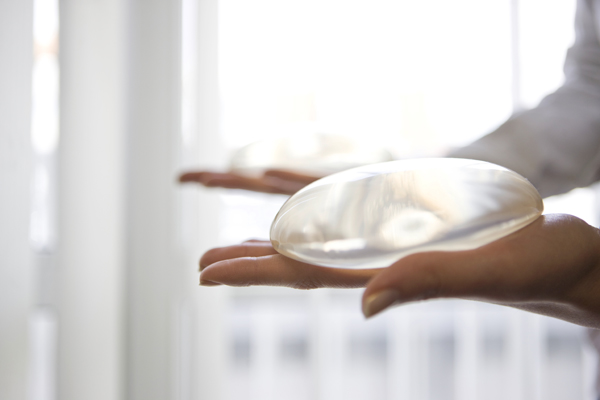Augmentation mammoplasty, or breast augmentation is a surgical procedure to increase the size, shape or fullness of a woman’s breasts. The surgeon places silicone, saline or alternative composite breast implants under the chest muscles or breast tissue.
Breast augmentation is done to:
- Enlarge breasts that are naturally small.
- Restore breast size and shape after pregnancy, weight loss or breastfeeding.
- Restore symmetry when the breasts are asymmetrical
- Restore the breast(s) after surgery as treatment for breast cancer or some other condition or event that affected the size and shape of the breast.
Breast enlargement can boost self esteem- women usually experience a significant boost in self-esteem and positive feelings about their sexuality after undergoing breast enlargement.
98% of women who underwent breast augmentation surgery said the results met their expectations. Women also reported improvements in quality of life and self-esteem after their procedure.
A study, involving 225 women who were followed for five years, found that:
- Patients said they were “back to normal” within 25 days of their surgery
- 85% said their new breast size was “just right”
- 13% said a larger size would have been better
- Less than 2% would have preferred a smaller size
- 1% were not happy with their scars, which are usually in the crease under the breast
- 75% thought their breast firmness was “just right”
- 98% said their results met with their expectations
What are breast implants?
A breast implant is a medical prosthesis that is placed inside the breast to augment, reconstruct or create the physical form of the breast.
The outer layer of breast implants is made of firm silicone. The inside of the implant is filled either with salt water (saline solution), silicone gel, or a composite of alternative substances. Makers of breast implants say they should last for at least ten years.
There are three main types of breast implants:
-
- Saline implants – filled with a sterile saline solution (biological-concentration salt water 0.90% w/v of NaCl, ca. 300 mOsm/L.) which is held within an elastomer silicone shell. These implants can be filled with different amounts of saline solution, which may affect the feel, firmness and shape of the breast.If this type of implant leaks, the solution will be absorbed and expelled by the body naturally.
-
- Silicone implants – filled with a viscous silicone gel which is held within an elastomer silicone shell.If a silicone-filled implant leaks, the gel will either stay in the shell or escape into the breast implant pocket. A leaking silicone-filled implant might not collapse. Patients choosing this type of implant should carry out more regular checks with their doctor compared to those on saline solution implants. The condition of the implants can be determined with an MRI or ultrasound scan.
What happens during the breast augmentation procedure?
Anesthesia
The patient may have a choice of general or local anesthesia. Under local anesthesia the patient is awake and only the surgical area is numbed. However, in most cases the procedure is done under general anesthesia.
The incision
The surgeon and patient should discuss incision options. The doctor should explain which are most suitable for the patient and her desired outcome.
The following incision options are possible:
- Inframmammary incision – in the crease under the breast.
- Transaxillary incision – in the armpit (axilla)
- Periareolar incision – around the nipple
The choice of which incision to use depends on several factors, including the degree of enlargement, the patient’s anatomy, the type of implant, and surgeon-patient preference.
Inserting and placing the breast implant
The breast implant is inserted into a pocket. Today, there is a choice between two types of placements:
- A submuscular placement – under the pectoral muscle. When placed here the patient may take slightly longer to recover, compared to subglandular placement, and may also experience a little more post-operative pain.
- A submammary (subglandular) placement – behind the breast tissue, over the pectoral muscle.
Techniques used today for placing breast implants have significantly improved recovery times.
The incisions are closed
The surgeon closes the incisions with layered sutures (stitches) in the breast tissue, and with skin adhesives, sutures and surgical tape to close the skin and keep it closed.
Initially, there will be evident incision lines. These will fade with time.
View the results
Please view our website at www.markbisharamd.com for even more before and after pictures of some of our patients.
Breast augmentation results are visibly evident straight away. There will be some swelling caused by the surgery, which will resolve within a couple of weeks. As the swelling dies down and the incision lines fade, the patient will have a better idea of whether the procedure met her expectations.
Dr. Mark Bishara provides a wide range of cosmetic procedures to help patients look and feel their best. These procedures are designed to improve the appearance of the face and body through minimally invasive techniques that provide highly effective results. Many of these procedures can be combined in order to achieve your desired appearance. Please visit our website for before and after pcitures of patients at www.markbisharamd.com. Please call our office to receive more information at (817) 473-2120.






